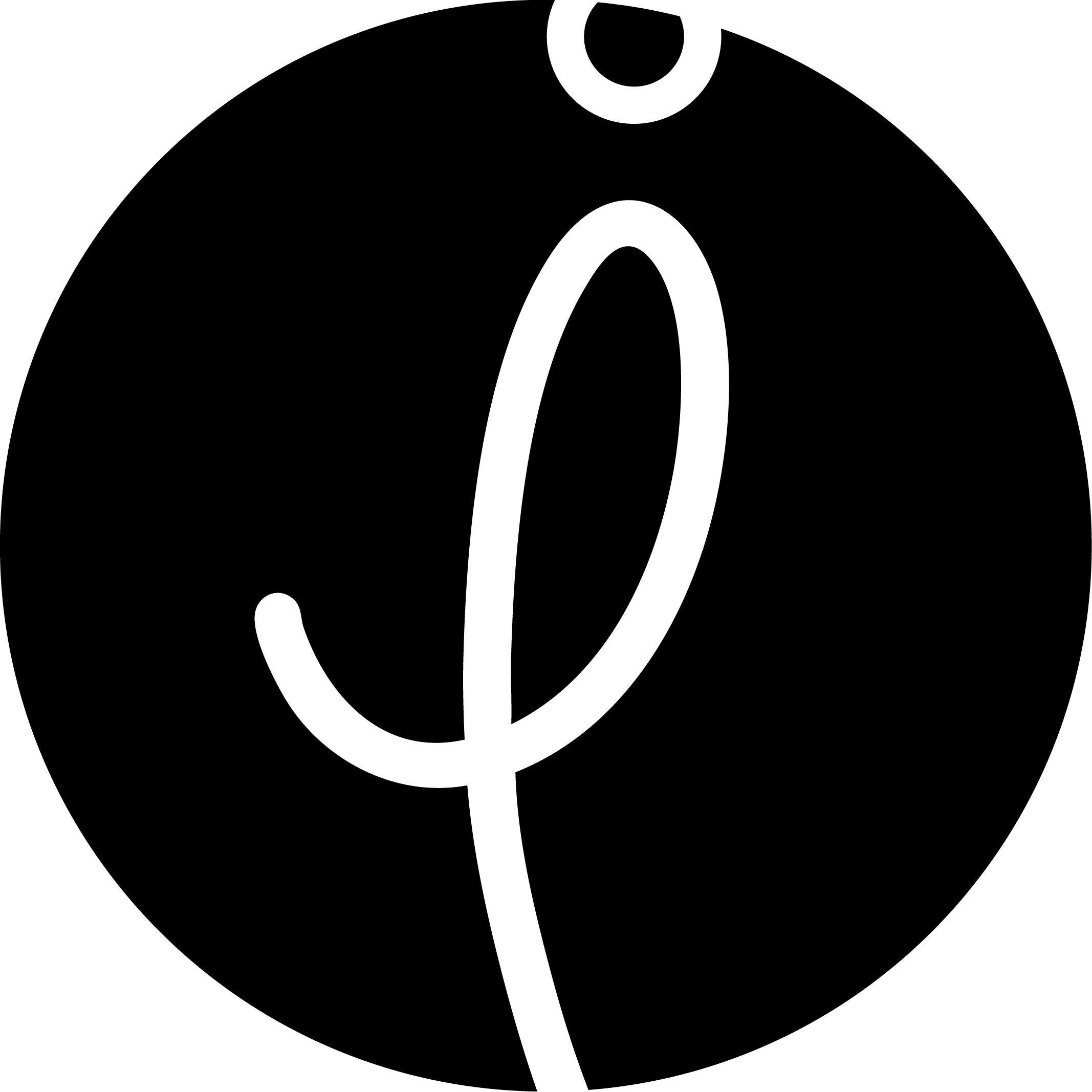Bauhaus style, also known as international style, is a design movement that stems from experimentation and invention of the new materials, forms and production techniques which is closely affected by power and political relations of its time. Designing for mass production is a delicate manner, since large amounts of products are supposed to be produced with the same technique, material and form. Materials that are used in the process should be available, production techniques should be fast and manageable, and forms should be easily attainable yet functional. Adding the aesthetics into this equation, it can easily be stated that it is a multi-layered approach, thus, the movement itself created a strong and coherent philosophy, the most rational of its time. It is acknowledged by many designers and design schools throughout the world, including the design school that I had my bachelor’s degree, METU-ID.

Founded by Walter Gropius, Bauhaus Design School served in three cities in Germany; Weimar, Dessau and Berlin chronologically. Last summer, I had a chance to visit Bauhaus Dessau to attend a series of nourishing and interesting seminars. It was an extraordinary experience which includes expositions of materials and structures from Bauhaus schools, seminars on design research, designing mind maps and elaborating thoughts on cleanliness after the striking global experience of pandemic, taking part in user researches and socialising and having a couple of drinks afterwards with valuable peers from COOP Design Research. The information was endlessly flowing through the discussions among us, which I was very grateful for.
The building blocks of Bauhaus, technically, are the materials. Exposition of “Archeology of Modernism” was quite interesting in that sense. At first glance, I should say that I am impressed by the floors, walls and steel windows. Triolin floors were developed as an alternative to linoleum due to the shortage during the First World War. Slag concrete hollow blocks -which are fast to produce and easy to carry thanks to its hollow form- were used to build strong load-bearing walls. Steel on the other hand, was always crucial for Bauhaus designs since it is very sturdy, thus, eliminating the necessity of the cross sections in the structures and creating space for extra functions. (Bauhaus Dessau Foundation, 2019)


The building itself exposes the materials, techniques and forms which are beautiful just the way they are. Nothing to hide, no need to polish. The state of nakedness in the architecture supports the exposition of the information and the idea behind the whole movement. According to me, it would be quite accurate to state that Bauhaus, which can also be considered as the peak of the modernist movement that started at the late 19th century, served its purpose very well by accomplishing and practising simple, functional, experimental, responsible yet aesthetic designs that are very much needed by the industry. Afterall, mass production is not a joke.
Simple; geometrical, non-exaggerated, balanced forms, functional in terms of focusing to solve design problems of the era, experimental and open to innovation and developing new alternatives on material design, wholistic; designing the whole production processes not only the products, and comprehensive; influenced and triggered new developments on many areas such as art, architecture, industrial design, interior architecture, typography and graphic design, Bauhaus is the most recent and acknowledged style of modern days.

However, the modernist interpretation of design is mostly concluded with the idea of “form follows function”. I am personally not sure on what extent this idea is valid. What are the boundaries of the relation between form and function? Are there any examples of function following form? For which purpose are we attracted to the natural forms, and what are the reasons behind our interest and observations of natural forms in terms of biomimicry? In which fields is it crucial to establish a hierarchy between form and function nowadays? Maybe needing a function, and forcing the form to follow that function is diminishing the potentiality of the form -in this case natural forms- and taming the wild and magical side of it.

Maybe I can speculate and define that, if the function is “the design act”, “the doing of humankind”, then the form would be “the existence, the boundaries, the thresholds, the evolutionary structure of the materials”, “the being of nature”. Could the form be full of potential as it is in its natural state? Something to ponder on for me in the future. I am sure form has so much to teach us.




